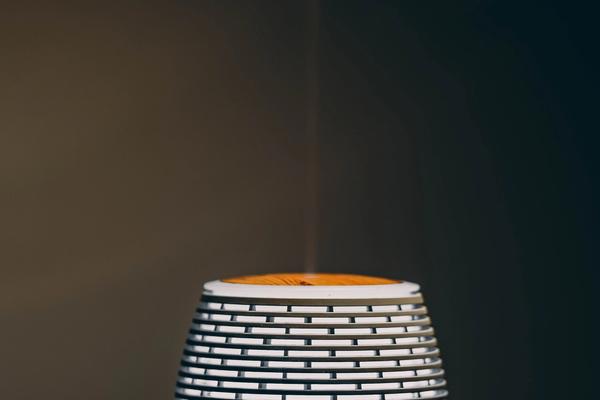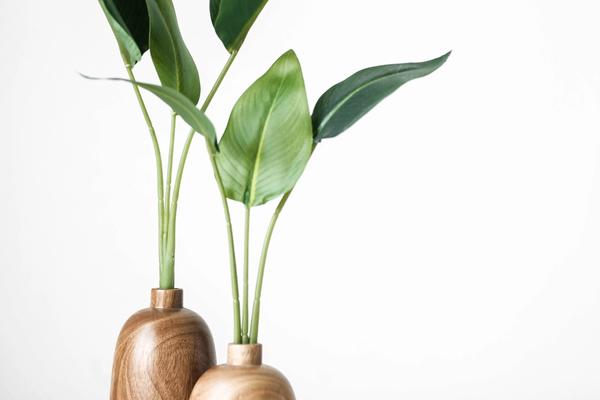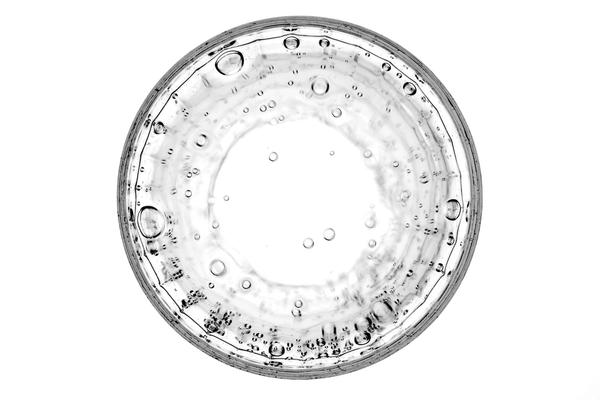Winter can be a dry time of year, both indoors and outdoors. This is because the air is colder, and cold air can hold less moisture than warm air. Dry air can cause a number of problems, including dry skin, itchy eyes, respiratory problems, and even static electricity.
In addition to the discomfort caused by dry air, it can also damage your belongings, such as wood furniture and musical instruments. It can also aggravate allergies and asthma.
There are a number of things you can do to keep your home moist in winter, but many of them can be expensive and energy-consuming. Here are six tips that are both economical and environmentally friendly:
1. Use a humidifier
A humidifier is the most effective way to add moisture to the air. There are a variety of humidifiers available, including evaporative, ultrasonic, and warm mist humidifiers. Evaporative humidifiers are the most common type and are relatively inexpensive. Ultrasonic humidifiers are more expensive, but they produce a finer mist that is less likely to clog. Warm mist humidifiers are the most effective type, but they can be more expensive to operate.
When choosing a humidifier, be sure to select one that is the right size for your home. You should also consider the type of water you will be using in the humidifier. If you have hard water, you will need to use a demineralization filter to remove the minerals that can build up and clog the humidifier.

2. Grow green plants
Plants release moisture into the air, which can help to keep your home moist. Some good plants for humidifying the air include ferns, spider plants, peace lilies, and English ivy.

3. Hang wet towels or sheets on the radiator
This is a simple and effective way to add moisture to the air. Simply hang wet towels or sheets on the radiator to evaporate. Be sure to rotate the towels or sheets regularly so that they don't become moldy.

4. Place bowls of water around the house
This is another simple way to add moisture to the air. Simply place bowls of water in different rooms of your house. The water will evaporate and add moisture to the air. You can also add a few drops of essential oil to the water for a pleasant scent.

5. Cook more often
Cooking releases moisture into the air. When you're cooking, try to keep the pot lids on as much as possible to trap the moisture. You can also place a bowl of water in the oven while it's preheating.

6. Let in the fresh air
If it's humid outside, open the windows for a few minutes to let in some of that moisture. Just be sure to close the windows when it starts to get cold or dry outside.

Here are some additional tips for keeping your home moist in winter:
- Avoid running your central heating too high. The higher the temperature, the drier the air will be.
- Use a dehumidifier in your basement or other damp areas.
By following these tips, you can help to keep your home moist and comfortable in winter, without breaking the bank or harming the environment.
